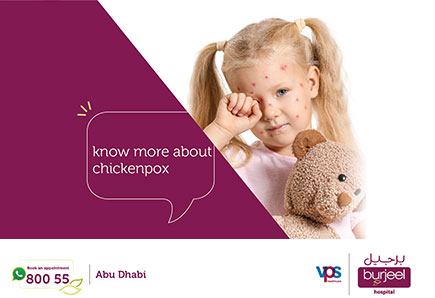The varicella-zoster virus is responsible for chickenpox. It generates a rash with small, fluid-filled blisters that is irritating. People who have never had chickenpox or who have not been vaccinated against it are highly contagious. Children can now be protected against chickenpox with the use of a vaccination. The Centers for Disease Control and Prevention in the United States recommends routine vaccination (CDC).
Symptoms
Chickenpox infection causes an itchy blister rash that emerges 10 to 21 days after exposure to the virus and lasts about five to ten days. The following signs and symptoms may emerge one to two days before the rash:
- Loss of appetite
- Headache
- Fever
- Tiredness and a general feeling of being unwell (malaise)
The chickenpox rash goes through three stages after it appears:
- Papules are raised pink or red pimples that appear over a period of time.
- Vesicles are small fluid-filled blisters that form in about a day and then burst and leak.
- Crusts and scabs form on top of the damaged blisters and take several days to heal.
Causes
The varicella-zoster virus causes chickenpox infection. Direct touch with the rash can cause it to spread. When a person with chickenpox coughs or sneezes and you inhale the air droplets, it can spread.
Prevention
The best approach to avoid chickenpox (varicella) is to get vaccinated. According to the CDC, roughly 98 percent of persons who take both of the required doses of the vaccine are completely protected against the virus. When the vaccine does not provide complete protection, the severity of chickenpox is greatly reduced.
Note: * The information on this website is not meant to be used to diagnose health conditions or to replace legitimate medical advice.
Dr. Ahmed Mohamed Abdelaal
Consultant – Pediatrics
